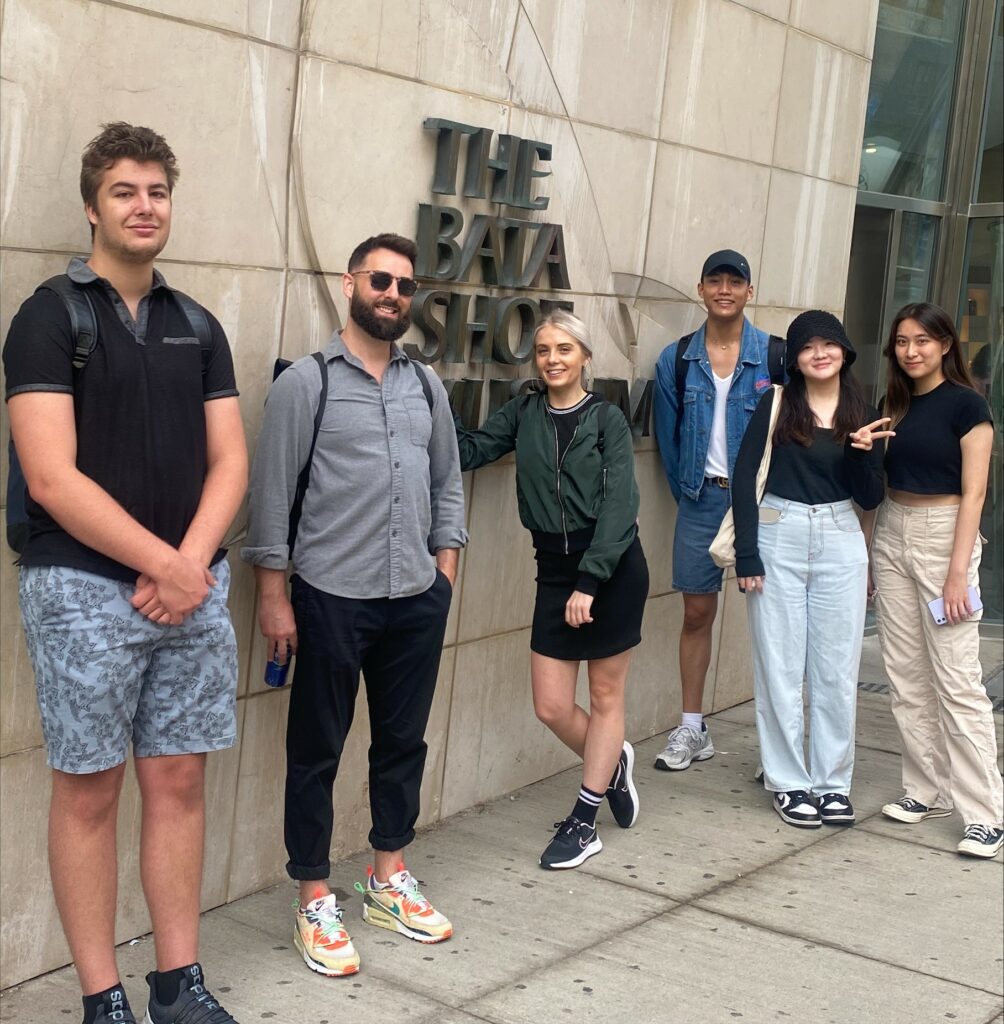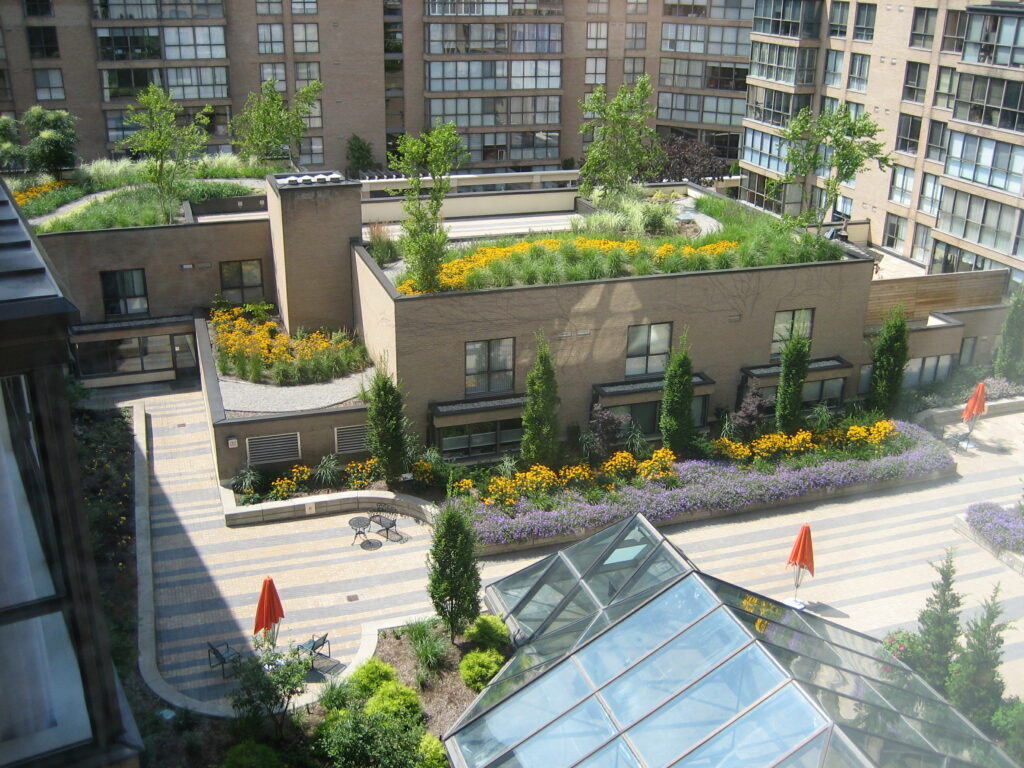
Michael J. Long, MES, LLM
Contract Faculty, LAS and SHTM at George Brown College
Faculty Advisor, Sustainability Squad
George Brown College Programming Team
Planet in Focus Int'l Environmental Film Festival
Across my courses, I teach about the three pillars of sustainability -- Environmental, Economic-Political, and Socio-Cultural.
In an effort to explore the intersections of sustainability and culture, I took my students in the General Arts and Science (GAS) program, on a field trip to the Bata Shoe Museum, from which I lectured and we toured the 'Future Now: Virtual Sneakers to Cutting Edge Kicks' exhibit.
The 'Future Now' exhibit focuses on how innovation in technology, materials, and ideas in sneaker design are now moving the industry and culture of footwear. The exhibit explores how, for example, mushroom-based leather and reclaimed ocean plastic are supporting the push toward sustainability.
This field trip provided an opportunity for experiential education, through an esteemed arts and culture space in the city, and from which the students were able to interact with the content of the learning materials being discussed in class, and to explore the inclusion of sustainability in anything/everything they do moving forward into their future studies and careers.
In the lecture, learning materials, and museum field trip, we also specifically discussed many of the UN SDGs that are applicable to the footwear industry, from good health and well-being through reducing the chemicals, dyes and other harmful products used in shoe manufacturing (target 3.9) to the energy used to power the factories and transportation used to produce and move footwear around the world (target 7.2). Notable among the SDGs is, of course, Goal 12 Responsible Consumption and Production, and the need to reduce waste generation by reconsidering the entire life-cycle of sneakers (target 12.5), and encouraging sneaker manufacturers to adopt aggressive sustainability practices (12.6).

Michael J. Long, MES, LLM
Contract Faculty, LAS and SHTM George Brown College
Faculty Advisor, Sustainability Squad
George Brown College Programming Team
Planet in Focus Int'l Environmental Film Festival
In the exploration of urban geography, I have created a green roof field trip. Toronto is a hub of green roof activity, in part, due to the 2009 bylaw which mandates that all new residential, commercial, and institutional buildings of a certain size must install urban green space. As such, the Greater Toronto Area (GTA) is home to many green roofs, and is reaping the environmental, social, cultural, agricultural, and economic benefits.
In this field trip and report, I ask learners to select and visit a green roof from a list of public (e.g., City Hall Podium, Canoe Landing Park) and private (e.g., 401 Richmond, Carrot Common) green roofs from across the GTA. At their green roof, I ask learner’s to spend time at and reflect on the space, examine whether the green roof is 'intensive,' semi-intensive,' or 'extensive,' why that decision makes sense for that particular space, and experience the benefits based on the construction type and location.
In Part 1 of the report that follows, I ask learners to broadly research the many uses and benefits of green roofs, and the history and significance of the GTAs green roof bylaw. In Part 2, I ask learners to analyze their green roof visit in relation to the research in Part 1, including the history and the specific uses and benefits of their particular chosen green roof, remembering that not all green roofs are built alike.
This field trip provides an opportunity for experiential education, first through visiting an urban green space from which learners are able to explore the uses and benefits of green roofs discussed in the classroom. Second, learners can then think and reflect from their experience through the assessment report. And lastly, learners are able to grow and apply the experience to future studies (e.g., in construction, public policy and environment fields), work (e.g., in physical, and mental health fields), and life (e.g., in urban gardening, and socially connecting).
In the lecture and learning materials that precede the field trip, we also specifically discuss many of the applicable UN SDGs. In particular, under SDG 11 Sustainable Cities and Communities, green roofs contribute to building sustainable cities (target 11.3) and provide public green space (target 11.7). Under SDG 13 Climate Action, green roofs provide educational spaces to teach about climate change mitigation (target 13.3), among many other benefits listed above which help achieve the UN SDGs.
